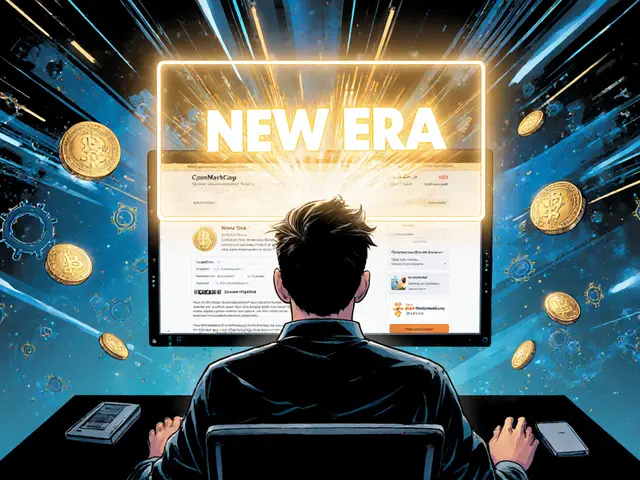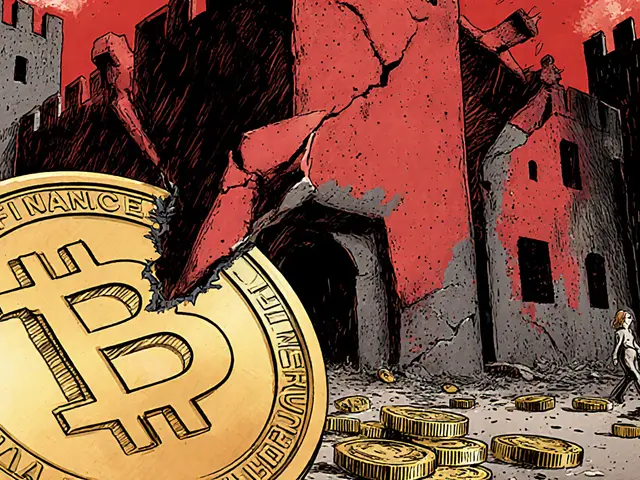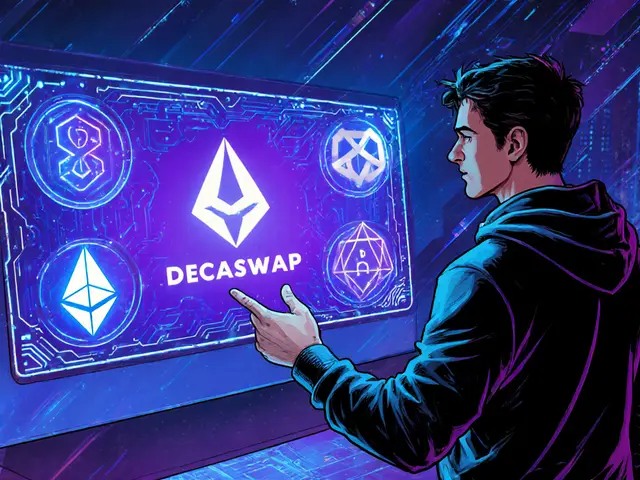Kraken Stablecoin Delisting: Impact, Process, and What to Expect
When dealing with Kraken stablecoin delisting, the removal of a stablecoin from Kraken’s trading platform. Also known as Kraken stablecoin removal, it signals a shift in both exchange policy and market dynamics. The same move often involves the broader stablecoin, a crypto token pegged to a fiat currency or other asset that many investors use for low‑volatility trading. Meanwhile, Kraken exchange, a major U.S. crypto marketplace known for strict compliance standards must balance user demand with regulatory expectations. This trio of entities creates a web of cause‑and‑effect: the exchange’s compliance rules influence the delisting decision, and the stablecoin’s regulatory status drives market reaction.
Why Delistings Happen and What the Process Looks Like
The delisting process, the formal steps an exchange takes to remove a token from its listings usually starts with a compliance review. regulators may raise concerns about the stablecoin’s reserve transparency, AML/KYC procedures, or legal classification. Kraken’s internal risk team then assesses the findings, weighs user impact, and drafts a notice to the community. After a public announcement, a grace period allows holders to withdraw or trade the token elsewhere. Finally, the token disappears from order books, and any remaining balances are either converted or returned. This chain of events shows that Kraken stablecoin delisting isn’t a sudden surprise; it’s a structured, transparent action driven by crypto regulation, laws and guidelines that govern digital assets in each jurisdiction. In practice, regulation influences the exchange’s risk assessment, which in turn dictates the timing and communication of the delisting.
For traders, the immediate question is how the market will react. Historically, the removal of a widely used stablecoin can trigger short‑term volatility in related pairs, especially if liquidity dries up quickly. Liquidity providers may shift funds to alternative stablecoins, altering trade volumes and spread widths on Kraken and other platforms. Moreover, investors holding the delisted token must act fast to avoid being stuck with an asset that can no longer be traded easily. Understanding the process helps you anticipate these shifts: keep an eye on official announcements, monitor reserve audits of the stablecoin, and have backup stablecoins ready in your wallet. By grasping the relationship between the exchange’s policies, regulatory pressures, and liquidity changes, you can navigate the delisting with far less stress.
The articles below dive deeper into each of these angles—covering everything from the legal backdrop of stablecoins to practical steps you can take when Kraken announces a removal. Whether you’re a casual trader or a professional portfolio manager, the collection offers actionable insights that will keep you ahead of the curve.

Learn which countries and regions Kraken blocks for crypto trading, understand US state-level token bans, the EU stablecoin delisting timeline, and how to stay compliant.
Continue Reading





